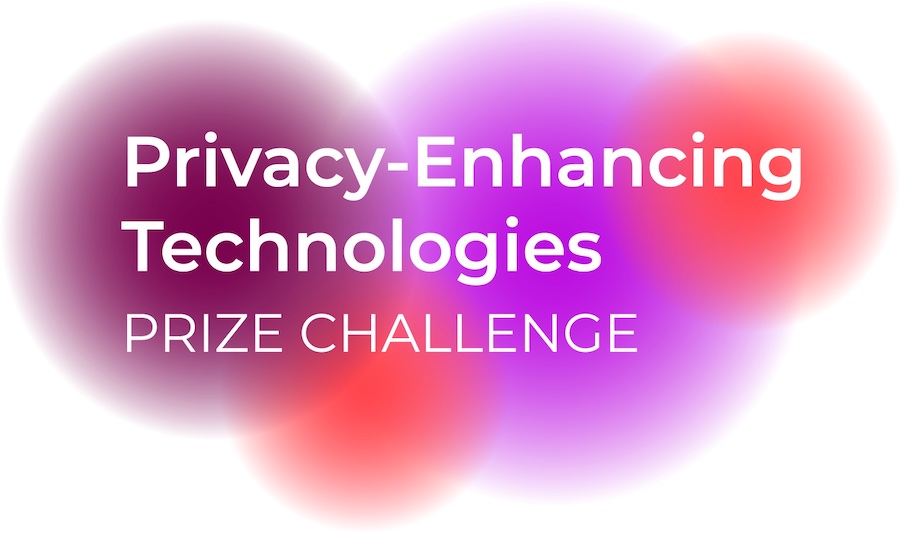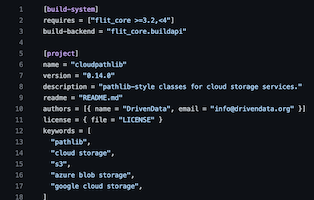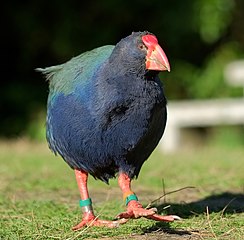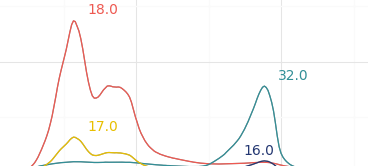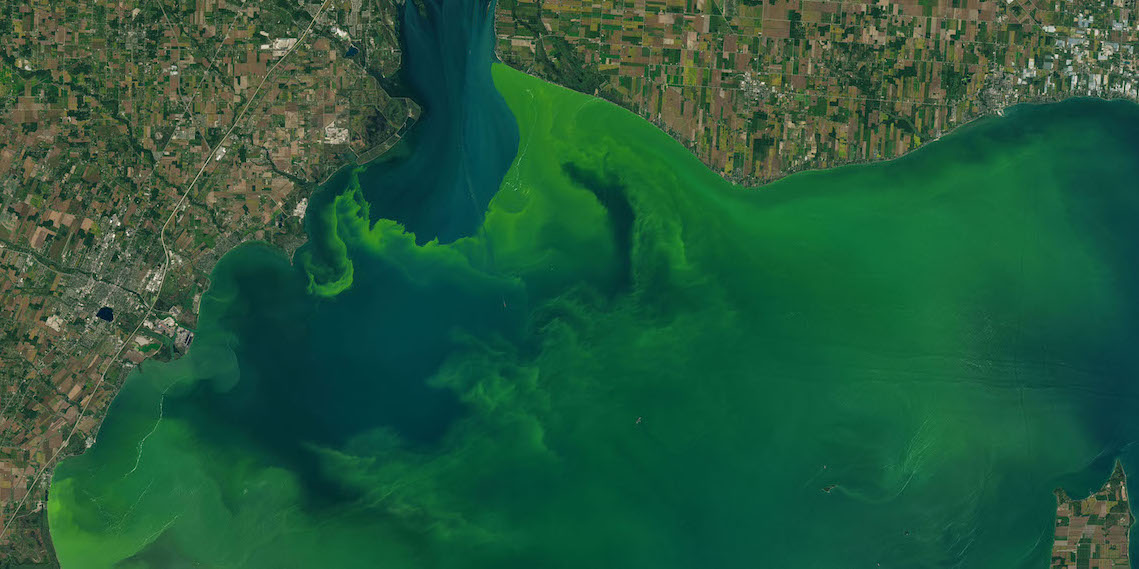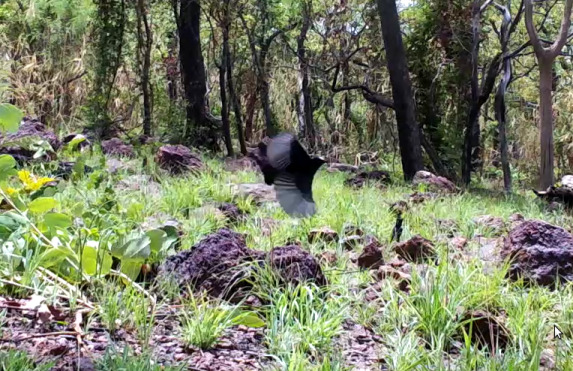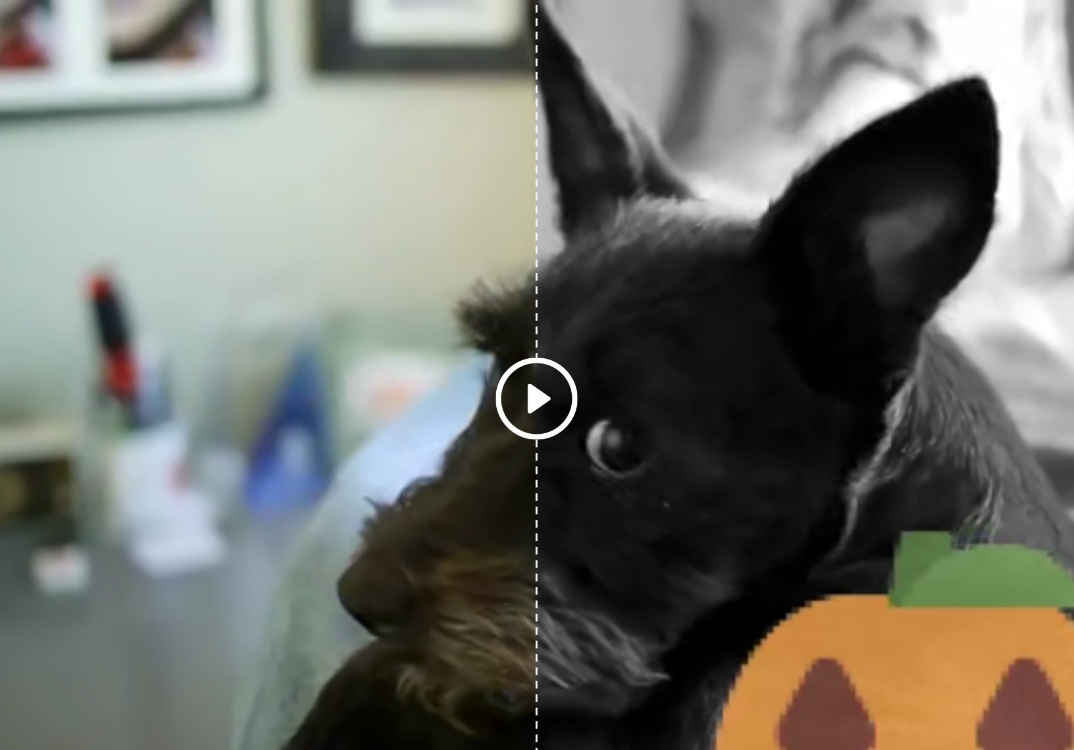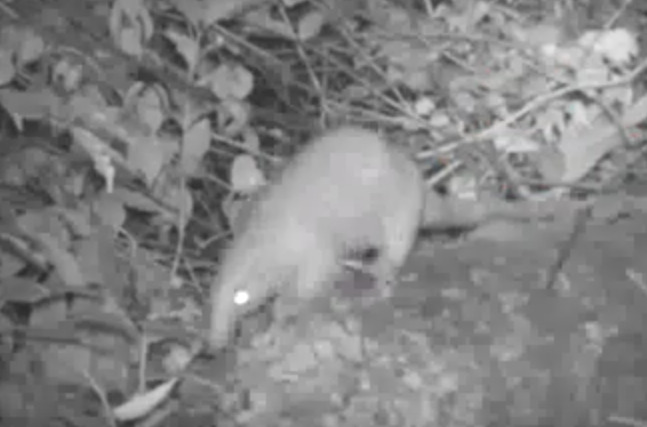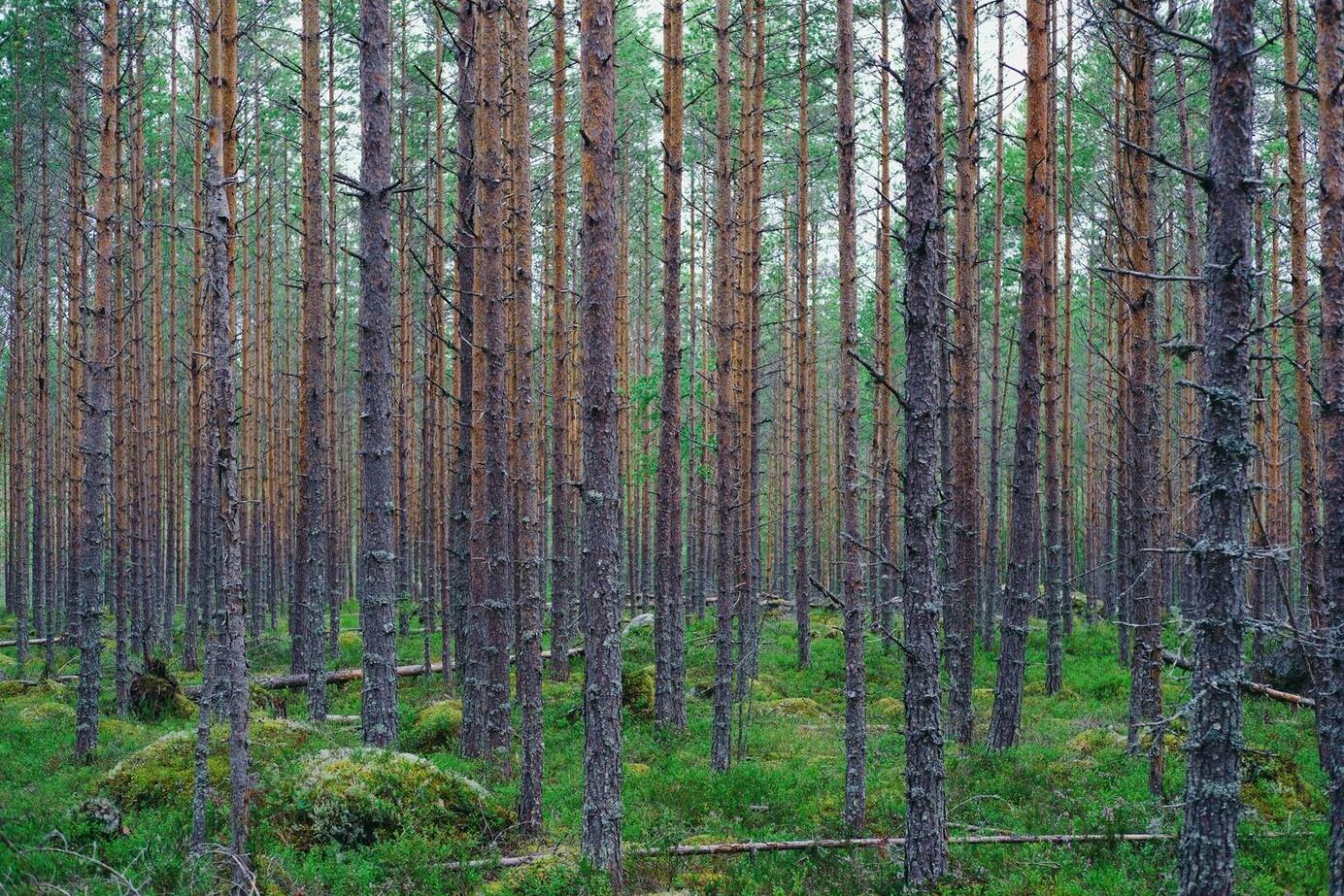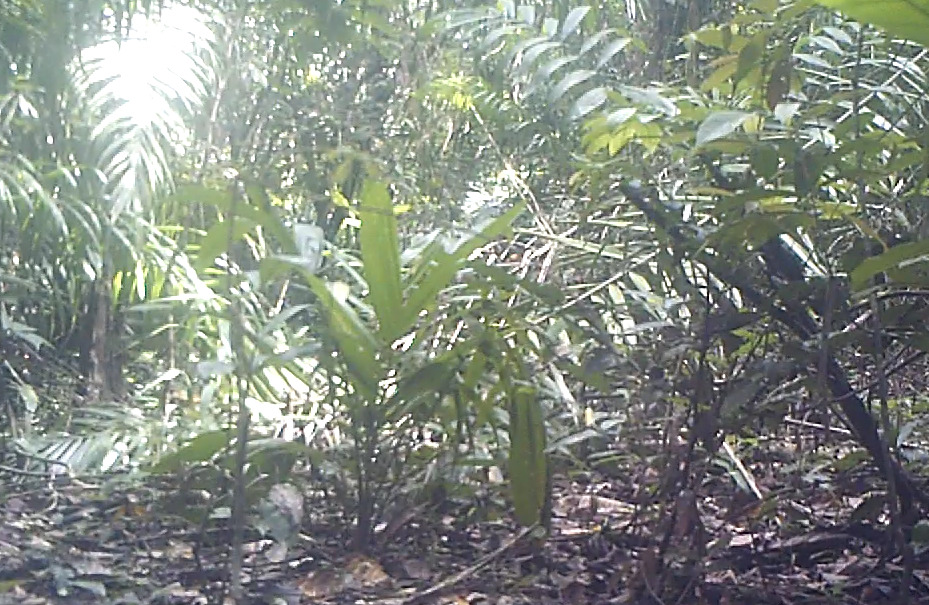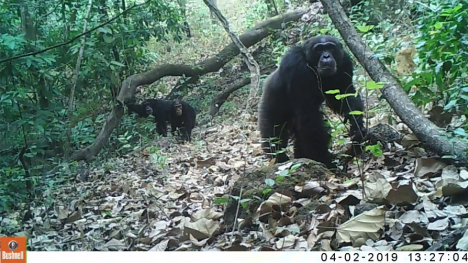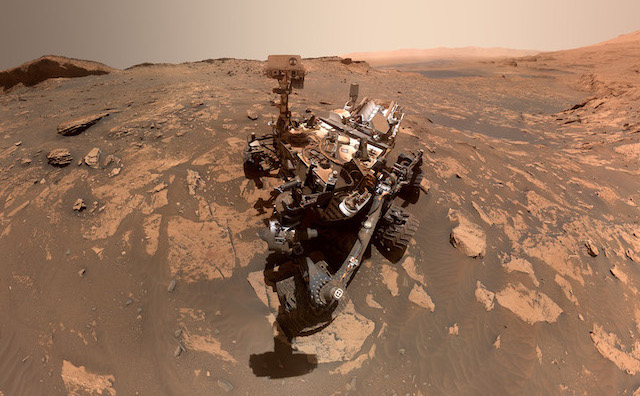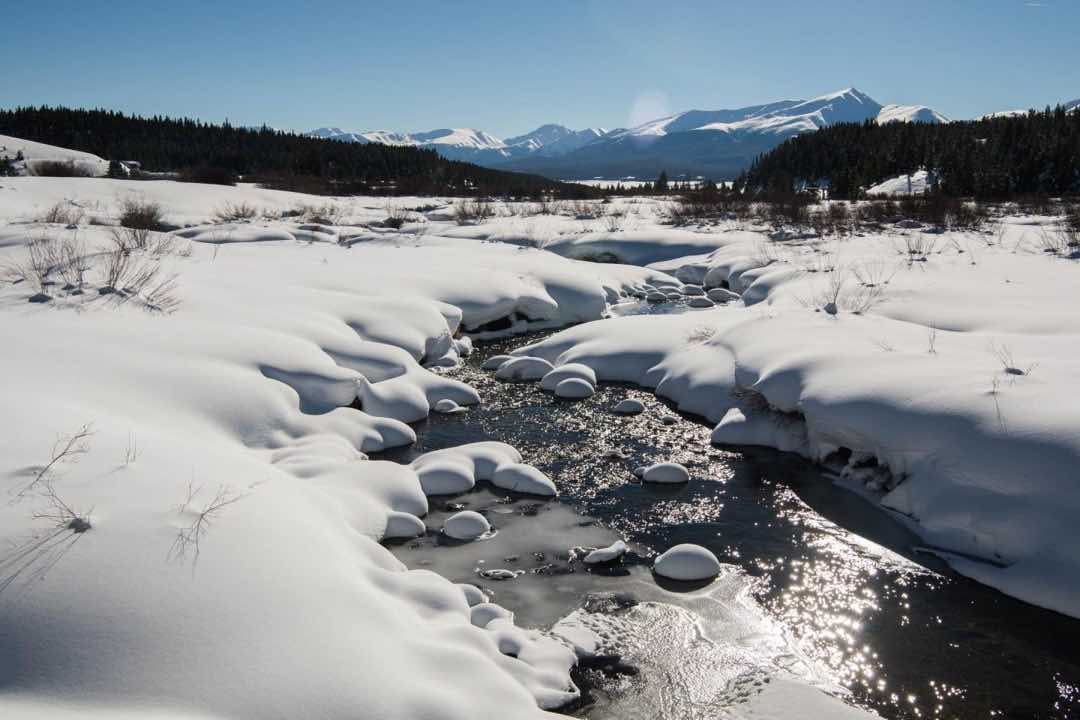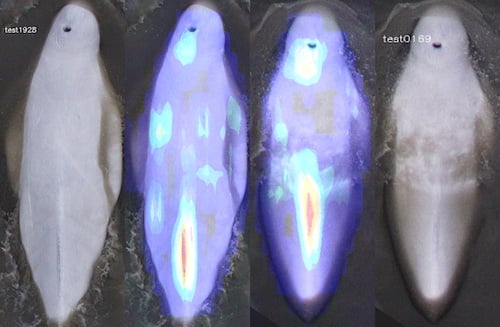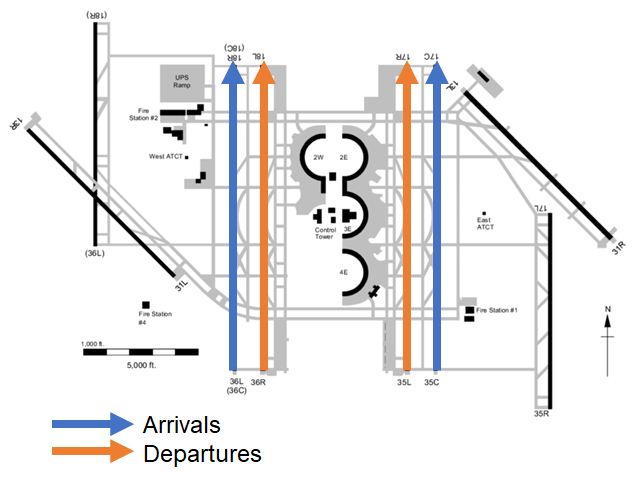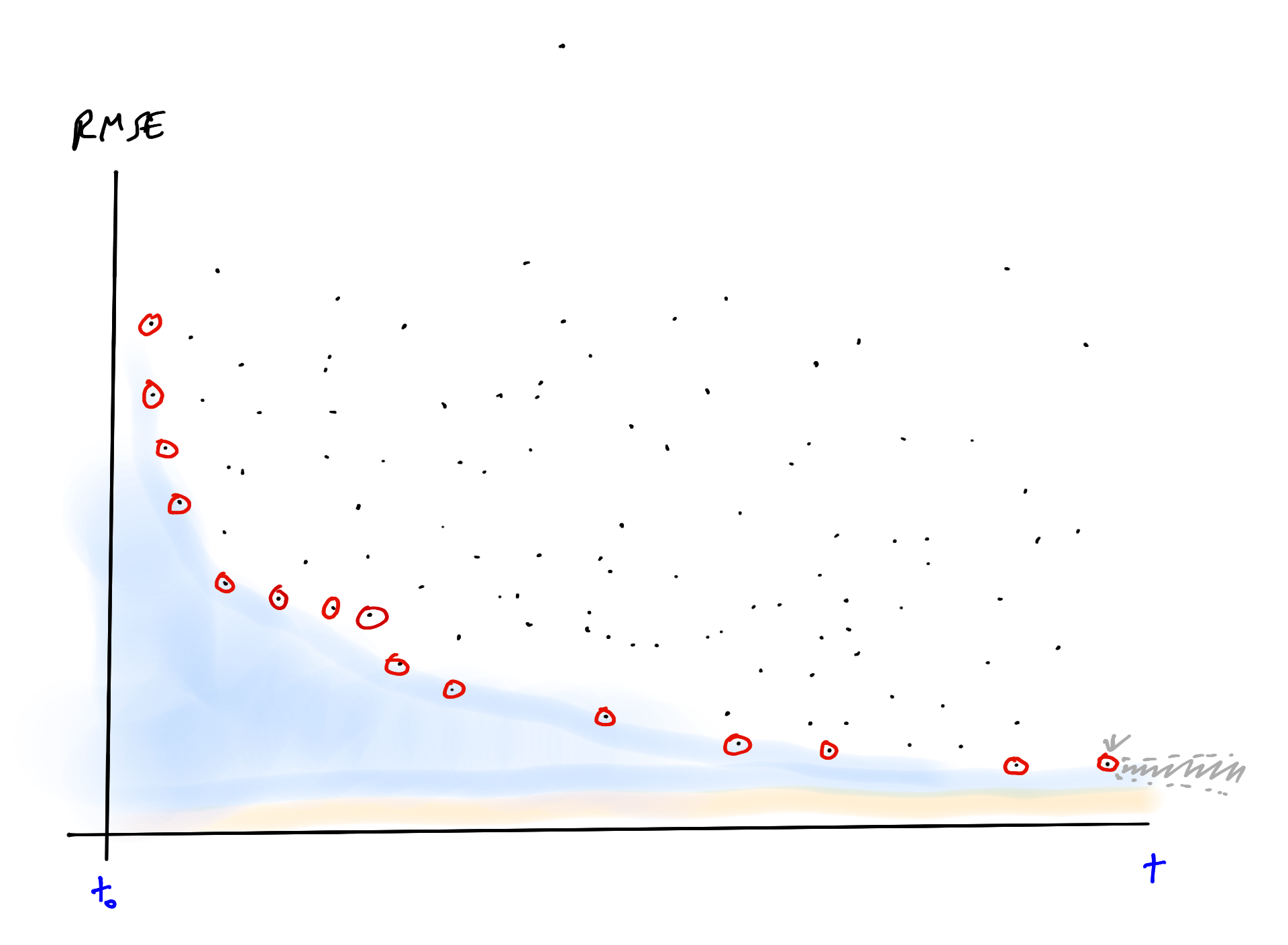Blog
Meet the Final Winners of the U.S. PETs Prize Challenge
Learn how these top teams applied novel privacy-enhancing technologies to the problems of financial crime and pandemic forecasting.
Read More →Meet the BioMassters
Meet the minds behind the top models for predicting aboveground biomass using remote sensing data!
Read More →VisioMel Challenge: Predicting Melanoma Relapse - Benchmark
Get started with the VisioMel Challenge! Come up with the best algorithms for predicting melanoma relapse.
Read More →The Basics of Python Packaging in Early 2023
Explaining the basic concepts and best practices for creating Python packages in early 2023 using pyproject.toml build standards.
Read More →Pushback to the Future: Predict Pushback Time at US Airports - Benchmark
Get started with the Pushback to the Future challenge! Come up with the best algorithms for predicting a flight's pushback time from real-time flight data.
Read More →What's a takahē?
Although Zamba's models are trained with animals from Africa and Europe, they can be used with videos from other locations that show species the models have never seen. We demonstrate with a dataset from New Zealand.
Read More →Meet the winners of the Mars Spectrometry 2: Gas Chromatography Challenge
Meet the minds behind the top models for identifying the chemical composition of planetary soil samples using gas chromatography-mass spectrometry!
Read More →How to Predict Harmful Algal Blooms Using LightGBM and Satellite Imagery
We'll show how to use satellite imagery and LightGBM to create a tree-based model predicting harmful algal blooms. This post will help you get started on our new Tick Tick Bloom Challenge!
Read More →Standing on the Threshold
Using probabilistic classifications from Zamba, we can automatically remove a large majority of blank videos while controlling the fraction of wildlife videos we lose. But how do we know where to draw the line?
Read More →Getting started with the Meta AI Video Similarity Challenge
In this post, we walk through the steps for getting started with the Meta AI Video Similarity Challenge.
Read More →Meet the Winners of the U.S. PETs Prize Challenge: Phase 1
Hear how these top teams applied novel privacy-enhancing technologies to the problems of financial crime and pandemic forecasting.
Read More →Find all the pangolins
We can use Zamba's probablistic classifications to search for videos containing specific animals. Particularly for small animals, this strategy can be highly effective.
Read More →The BioMassters Challenge - Benchmark
In this guest post by MathWorks, we'll show you how to start working with satellite data to help conservationists predict above ground biomass.
Read More →You can stop watching blank videos
Using Zamba's probablistic classifications, you can identify and remove blank videos -- saving viewing time, storage space, and data transfer costs -- while minimizing the loss of videos that contain animals.
Read More →Computer Vision for Wildlife Monitoring in a Changing Climate
Through the Patrick J. McGovern Foundation Accelerator, DrivenData and the Wild Chimpanzee Foundation are teaming up to create automated, accurate, and accessible species detection tools.
Read More →Mars Spectrometry 2: Gas Chromatography - Benchmark
In this post, we will show you how to get started on analyzing gas chromatography-mass spectrometry (GCMS) data.
Read More →Meet the winners of the Snowcast Showdown competition
Meet the winners who most accurately estimated snow water equivalent across the Western U.S. in real-time.
Read More →Meet the winners of the Where's Whale-do Challenge
Meet the winners of the Where's Whale-do challenge, and learn about the deep learning models they developed to identify individual Cook Inlet beluga whales from images.
Read More →Meet the winners of the Run-way Functions Challenge
Meet the participants who built the best models for predicting airport configurations for 10 U.S. airports! Understanding the complex interactions between air traffic, weather, and airspace operations can help make air travel more smooth and efficient for everyone.
Read More →How Classifiable Is It? (Part 2)
Classification algorithms give us a lower bound on how well we can distinguish categories; maybe machine learning competitions give us a way to estimate an upper bound.
Read More → LABS
LABS